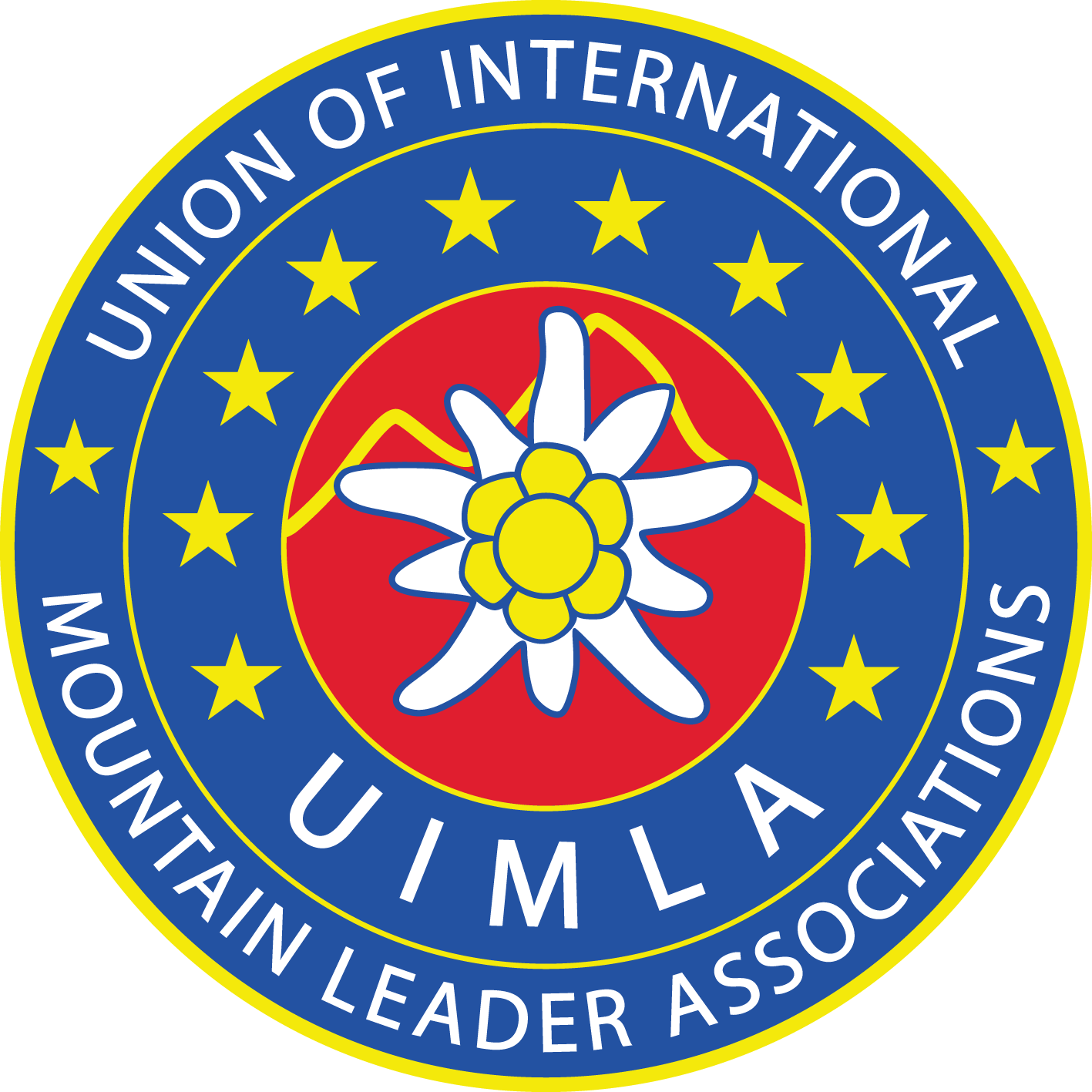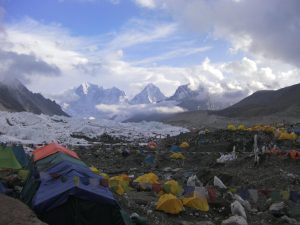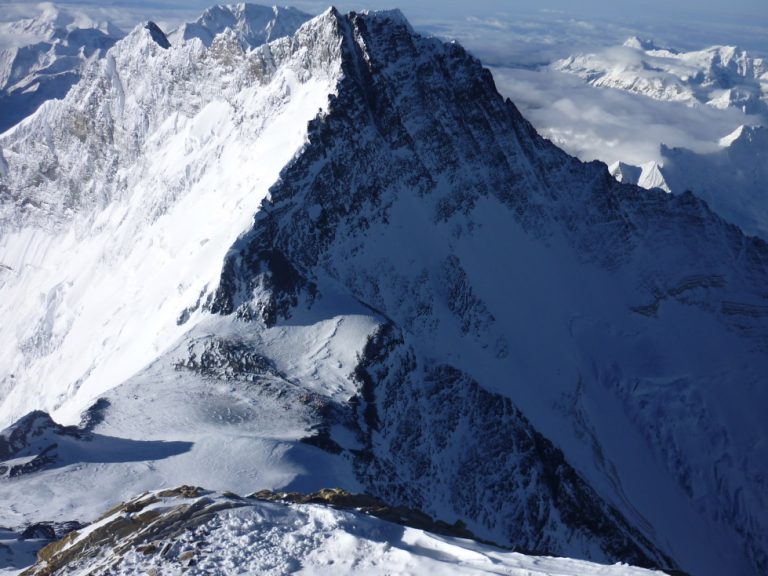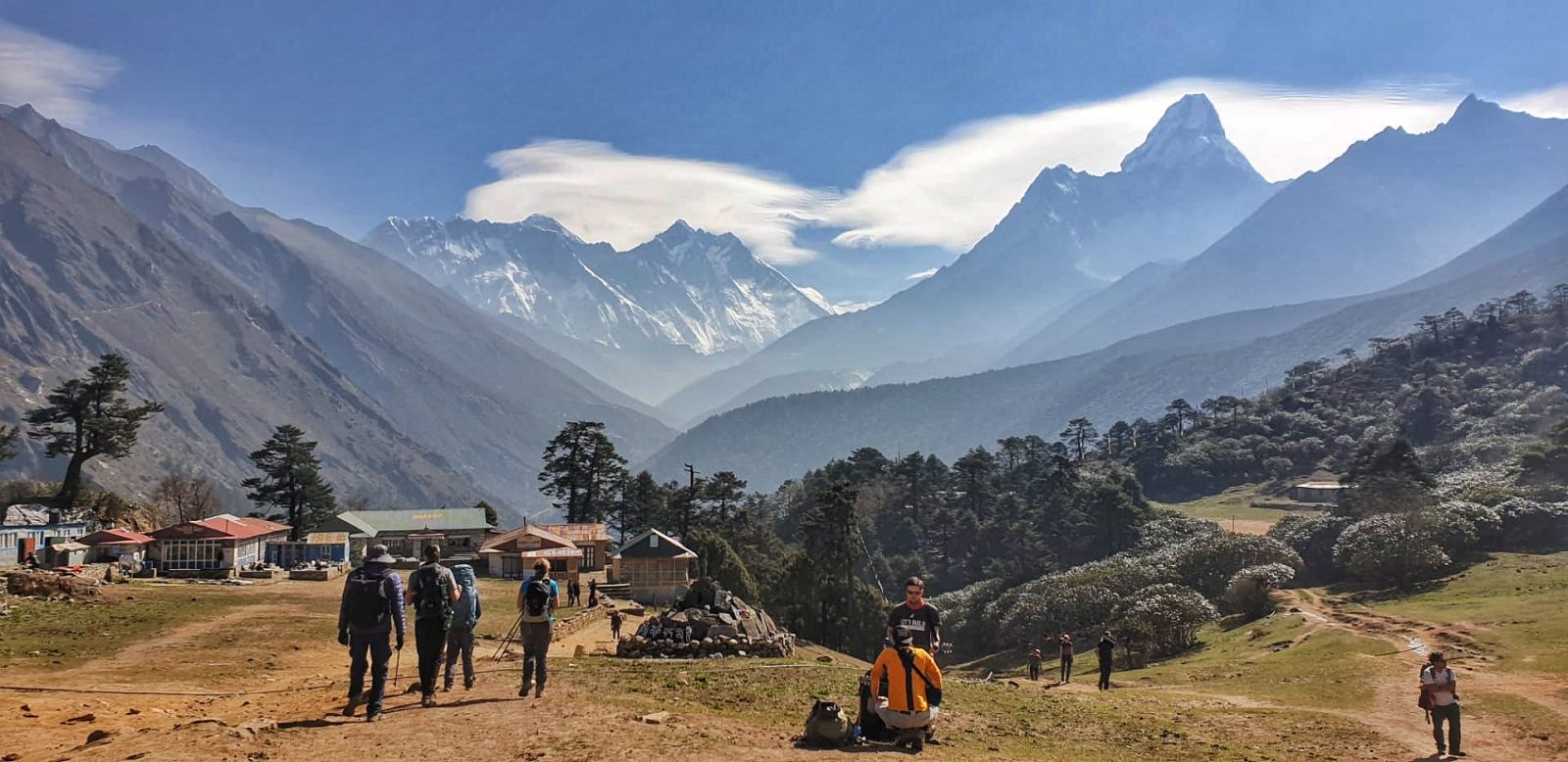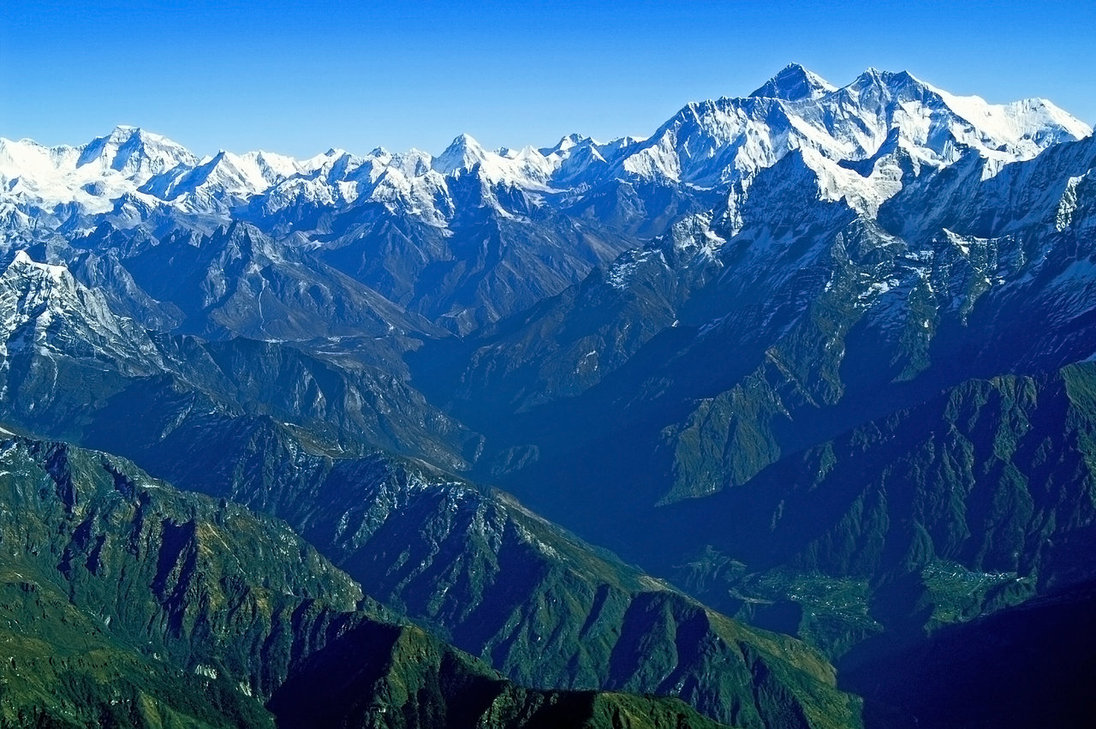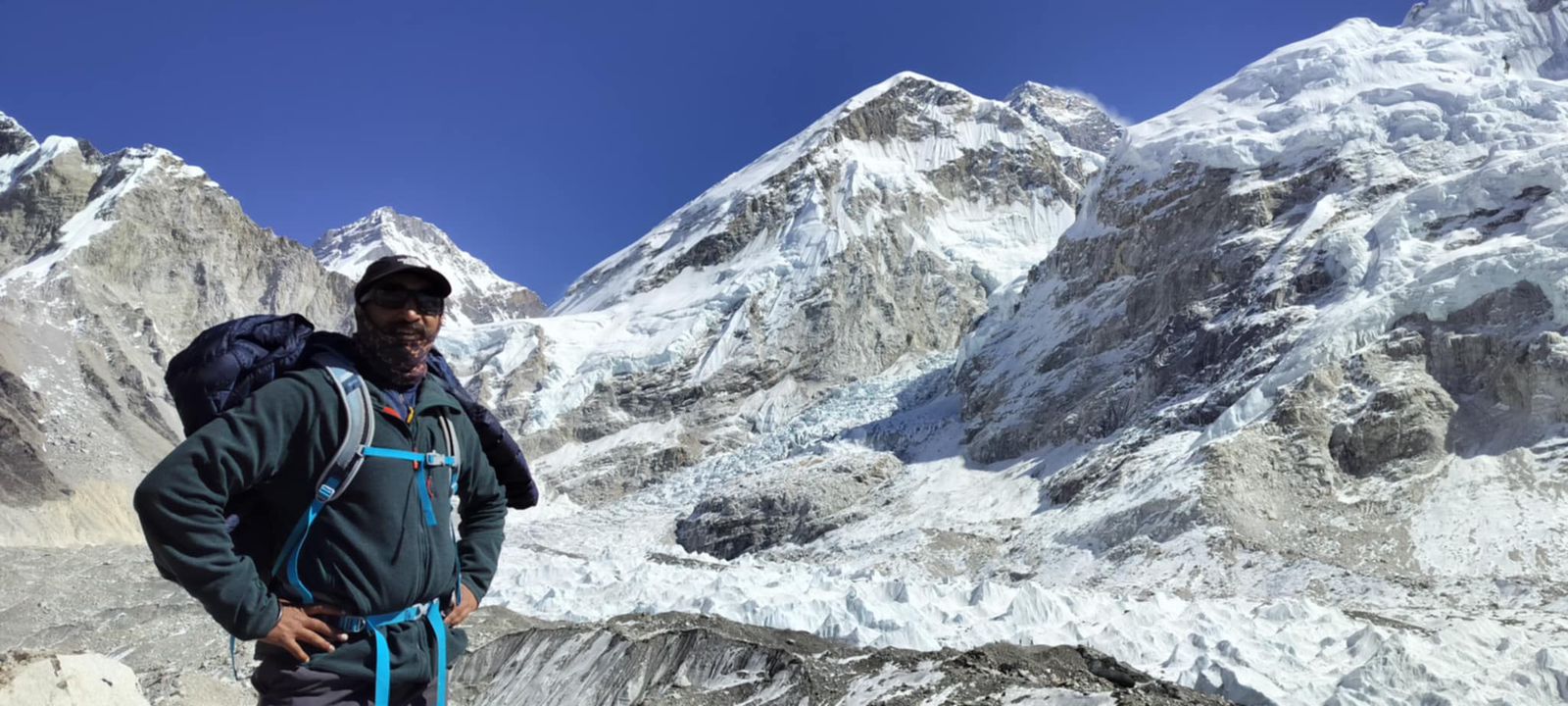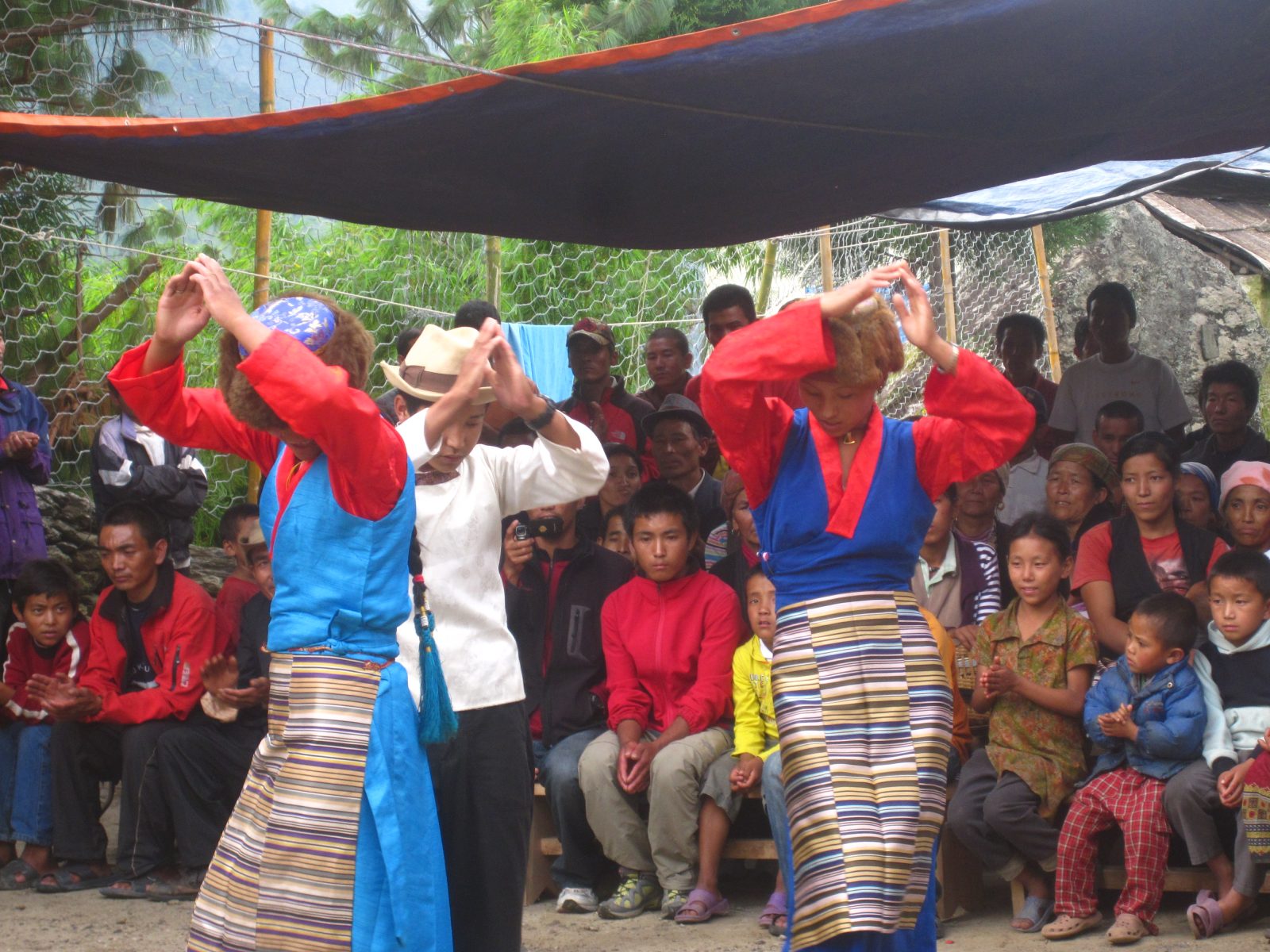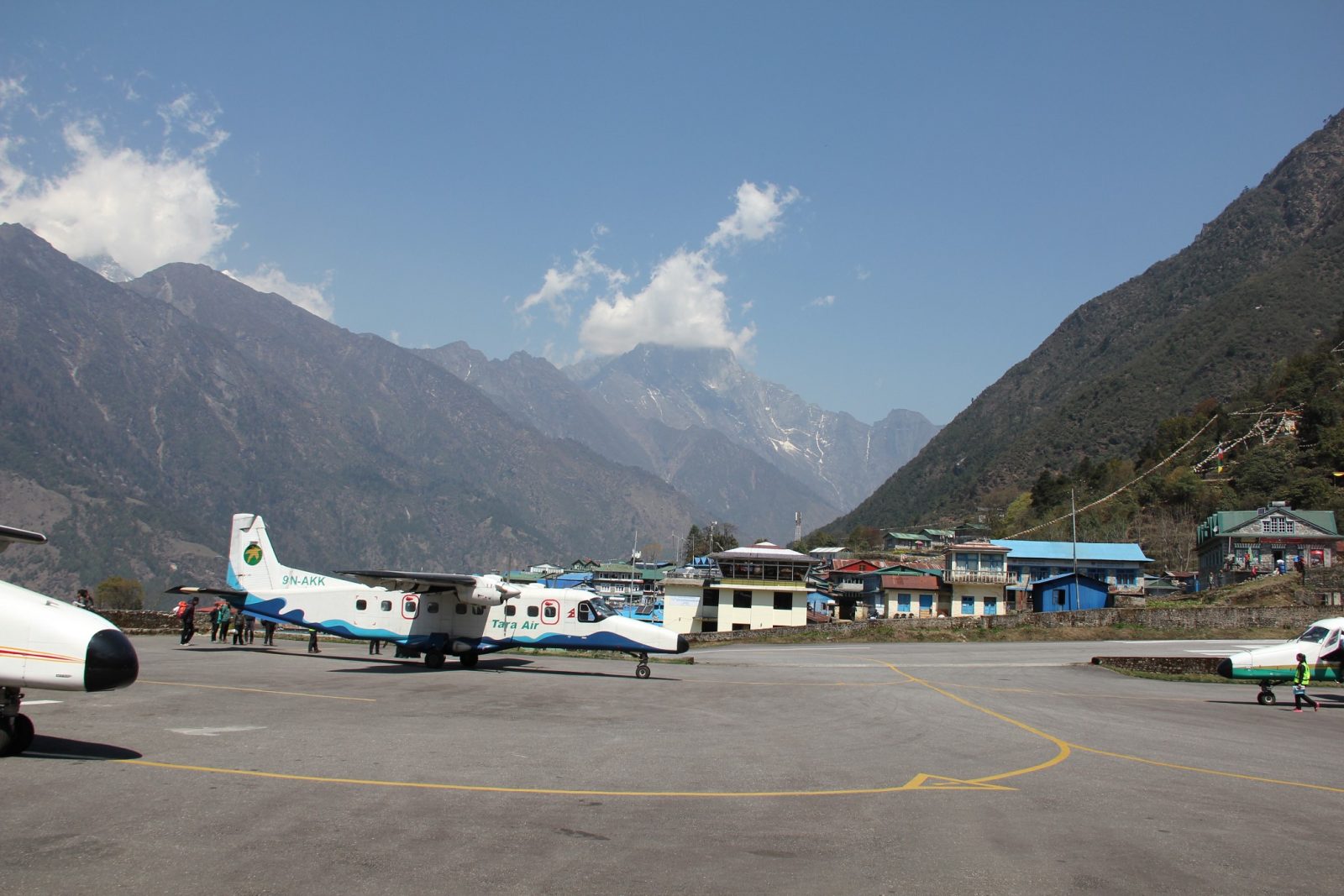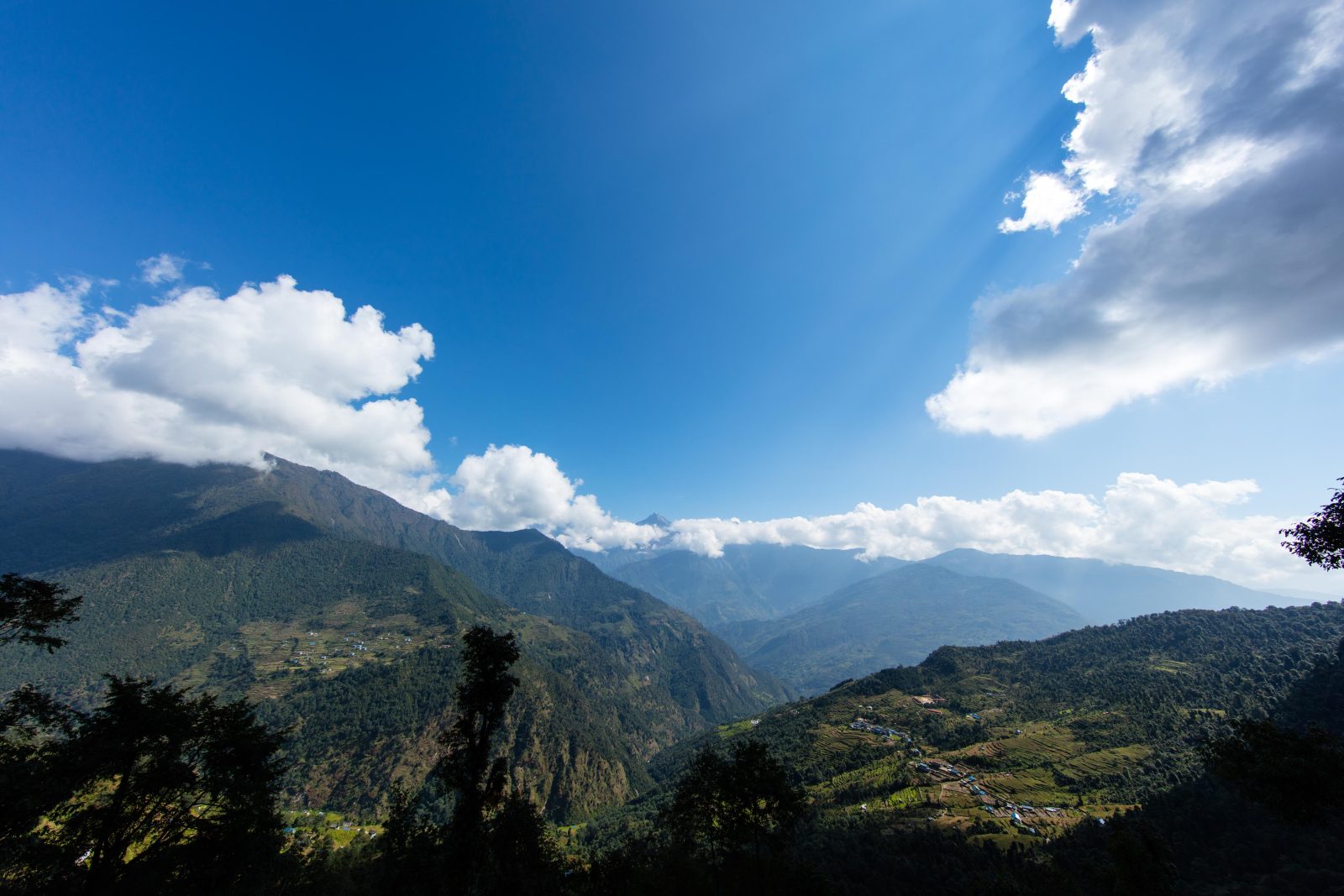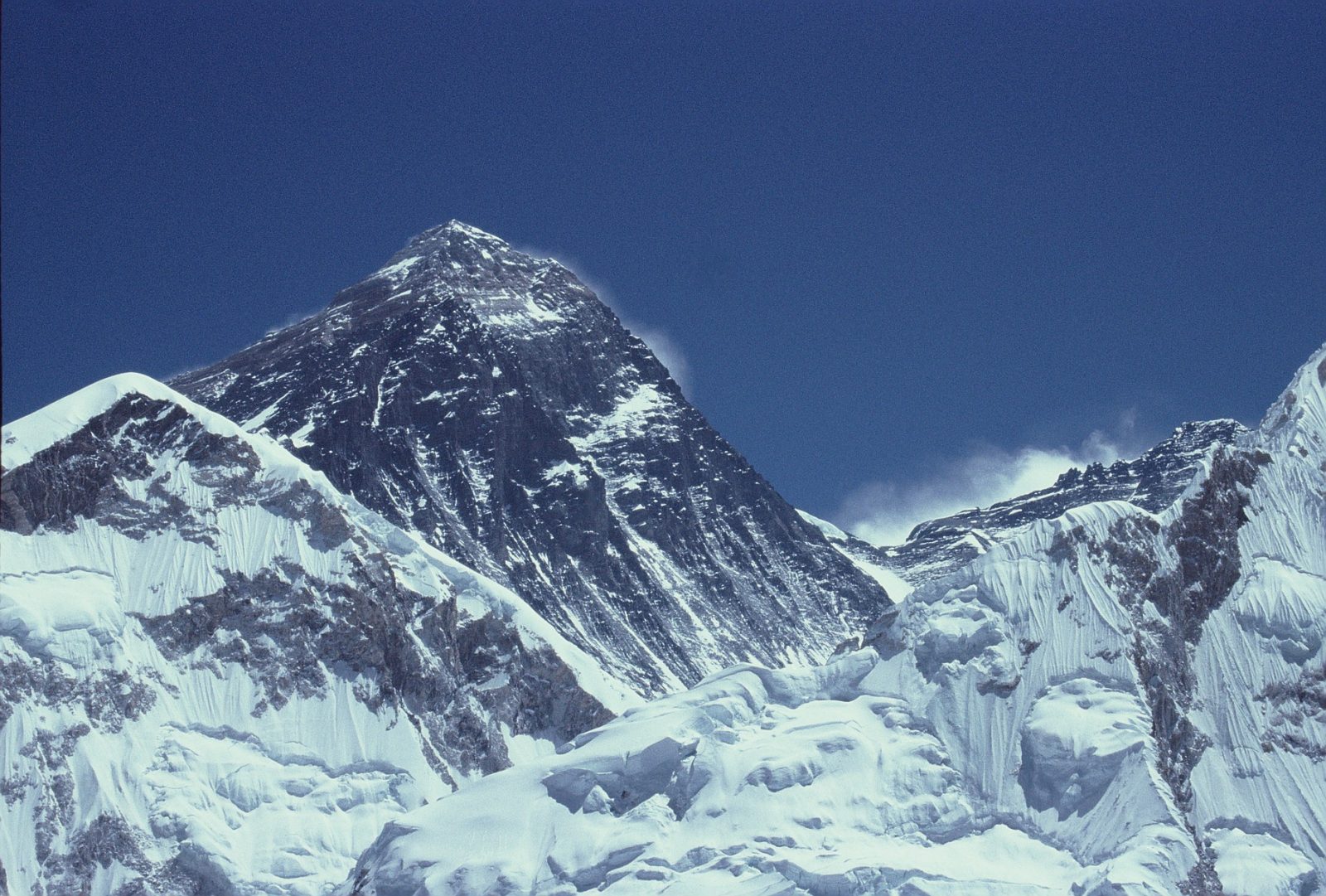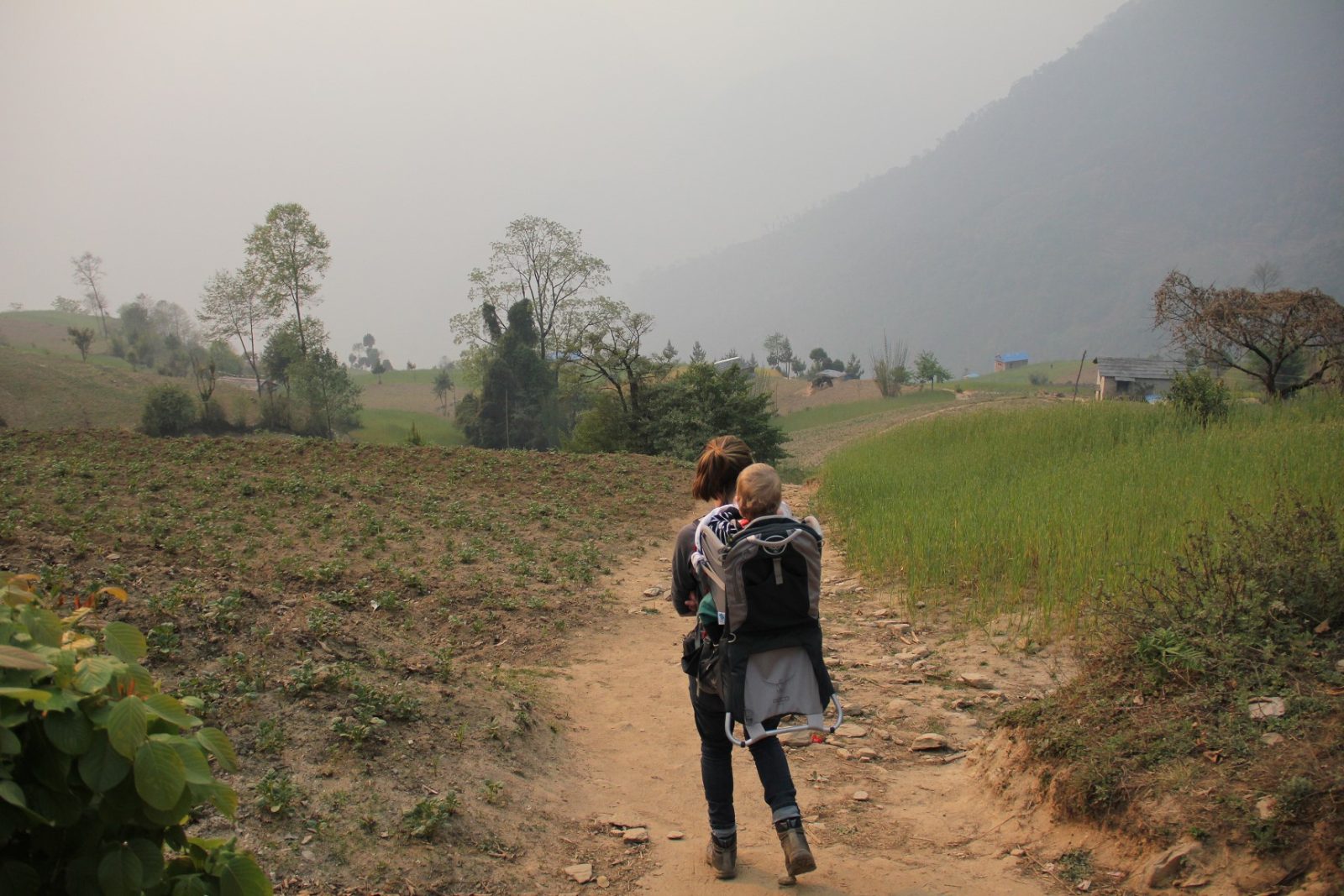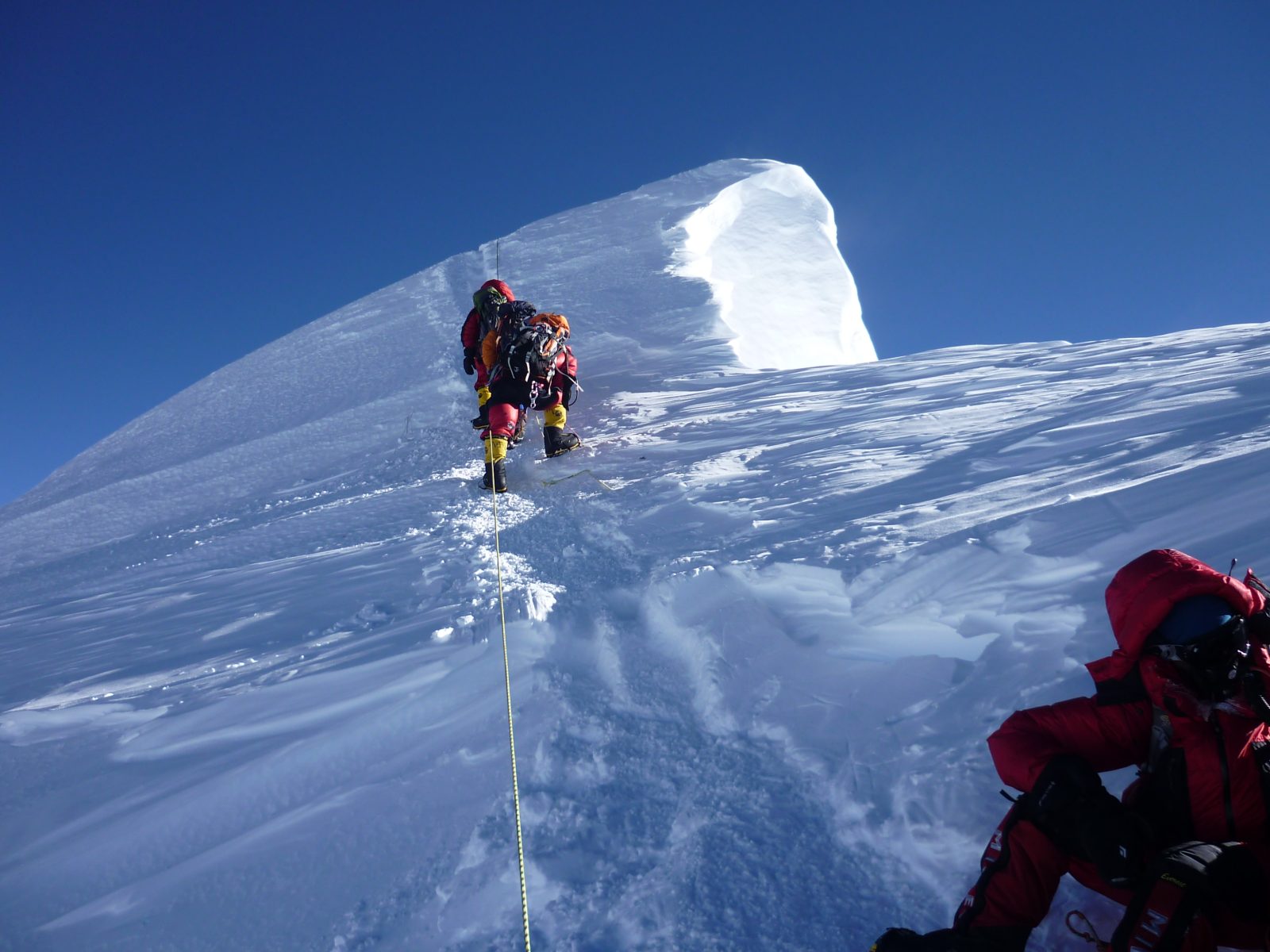
Climb Mount Everest, 8848m
Despite being the highest, Everest is not the most technically difficult of the 8000 metre peaks, but it does present certain unique challenges because of its superior height and nowadays the issues around over-crowding and impact on the environment. Climate change has had a big impact on summit windows. We provide a training and preparation programme, and an itinerary that provides a safe and optimal chance of reaching the summit.
Overview
We provide a complete service prior to the expedition which includes mentoring on pre-trip training and other climbs, kit advice and managing a safe acclimatisation programme over a period of time in order to build up the necessary experience and test ability and metabolic response to being at high altitude.
During preparation, we look at specific challenges facing the aspirant Everest climber, including using fixed lines, using supplementary oxygen, campcraft on ice and in exposed locations, maintaining good health at high altitude for long periods, mental preparation and teamwork.
Despite being the highest, Everest is not the most difficult of the 8000 metre peaks, but it does present certain unique challenges. Preparation and planning is a big part of the journey for any member of our team.
What Our Adventurers Think:
I had a fantastic trip and was looked after wonderfully in Kathmandu by Pasang and, on the trek itself, Lopsang and Tendi were brilliant, nothing being too much trouble and always attentive and helpful – you have a great team out in Nepal. I have some very special memories of my trek – the stunning scenery, the walk itself, the people I met on the way and the marvellous sense of achievement at reaching my goal by arriving at base camp; thank you once again for organising it for me.
Mount Everest Itinerary
MOUNT EVEREST ITINERARY
Mount Everest is a 10 week expedition in total, with 2 weeks trekking time and 8 weeks climbing period. Do not expect to go home after climbing Everest and step back into normal life though, it can take weeks and even months to recuperate fully, both physically and mentally.
We work to an agreed principle of reaching specific heights and sleeping at certain camps in a structured fashion over an eight week period having reached base camp, allowing for both stocking the camps and an optimal time for acclimatisation. The programme for climbing members is determined in large part by the schedule of stocking camps, which in turn is determined by weather and allowing for enough rest breaks. Any experienced climber will understand this policy and be comfortable fitting in with the flexibility.
TREK IN AND ACCLIMATISATION PERIOD ON A CLIMB OF EVEREST
The first 10 days are spent trekking to Base Camp. There is then a period of rest and settling in. Team leaders will meet and discuss joint operations on issues like putting in the fixed lines. Teams also have to wait for the Icefall to be ‘fixed’ by the Sherpa teams whose job it is to put in the ladders and fixed lines. This can again take days.
The next month will be spent making a number of exploratory climbs to Camp 1 through the Khumbu Icefall, and then to Camp 2, where it is important to spend several nights. Weather and adaptation to the altitude will determine the exact days when the team climbs and rests. Carries of personal gear can be made while the Sherpas are putting in all the main equipment up to the high camps. During this time we also acclimatise by climbing another peak in the locality, such as Lobuche East or Island Peak.
There is at least one visit to Camp 3 for an overnight. It will be a good chance to test the body’s response to very high altitude. For most people Camp 3 is the highest point they will reach without the use of bottled oxygen although some people opt to buy extra bottles to help getting to this point. After visiting Camp 3, there is generally a rest at Base Camp or lower, in preparation for the summit bid. We often go down to Deboche to see some grass and eat good food.
SUMMIT PERIOD ON MOUNT EVEREST
Once the decision has been made to attempt a summit in a period sometime around the middle two weeks of May (statistically this is fairly normal, but people have summited before and after), then the total summit cycle from base to summit and back is normally seven days which allows for a few nights at Camp 2 and then one night at Camp 3. The ascent to Camp 4 on the south col of Everest becomes part of the summit ascent itself, since normally teams arrive mid-afternoon and rest until about 9pm when fresh oxygen bottles are used to go up to the Balcony and join the south east ridge.
The summit morning can be beset with problems of overcrowding, in particular on the rocky step below the South Summit. Generally group order is determined by mutual agreement amongst the company guides but this is not always workable. It is not uncommon to find yourself moving very slowly behind a large group or a slow individual with no possibility to overtake. This leads to cold and excessive use of resources like oxygen. At the Balcony there is generally a change of bottles which gives an opportunity for a change in group order.
From the Balcony to the South Summit there is not much opportunity to overtake, although some groups will set up their own fixed lines to one side of the main one. It can be confusing and frustrating. Experience and a steady hand here will be very important. By sunrise we would want to be at or below the South Summit, with another two hours in hand to reach the top.
The route to the Hillary Step is narrow and exhilarating, and inevitably on a good weather day there will be a queue at the bottom of the step, and here there is no choice but to wait. The Step could be rocky or covered in snow, and it normally takes only about twenty minutes to negotiate. From there the final two hundred metres to the summit are an easy walk. The aim is to arrive mid morning leaving the whole of the rest of the day to descend back to Camp 4 and rest. Some strong teams wish to get down to Camp 3 but this is not acceptable if it leaves the Sherpas left high with a huge amount of work to do.
COMING BACK FROM EVEREST
A few days spent back at base camp helping to clear the camp is followed by a trek back to Lukla and a flight to Kathmandu. Some people choose to charter a helicopter, which is fine but we do feel that it is important to help the Sherpas clear the mountain and not just leave. Common courtesy and respect would suggest that everyone chips in with the break up of camp, it is far more enjoyable and should be seen as part of the trip and the experience. It takes a long time to process and assimilate an experience like this, there’s really no need to rush straight to Kathmandu.

